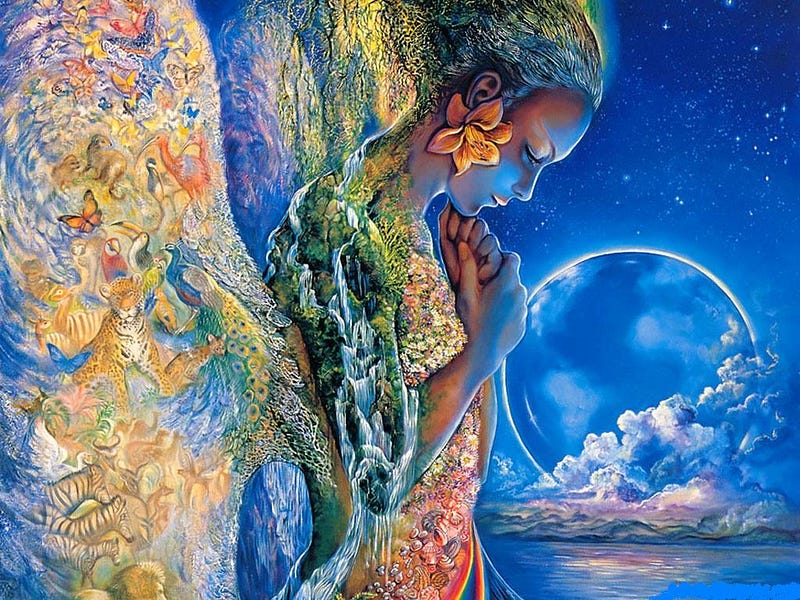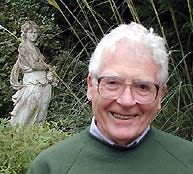We are Gaians! — United with a living planet in crisis
Versión original en Castellano: ¡Somos de Gaia!, D.C. Wahl, 2005
Many of us are familiar with the name Gaia. But how well do most people understand the concept this word tries to express? Mythologically Gaia refers to the ancient Greek goddess. More than a simple member of the Greek pantheon Gaia was revered as the all containing and all embracing mother. [This article was first published in 2005, in Spanish, by EcoHabitar, Nr.4, pp.40–41. see original copy here.]
According to Greek mythology, the universe began in chaos. From this chaos emerged Gaia to give birth to the world. The poet Hesiod (7th Century B.C.) called Gaia “the mother of all”. She represents the feminine archetype that gives birth to life — a concept as old as human consciousness. Among the ancient American civilizations the equivalent of Gaia was called ‘Pachamama’, referring to the all embracing goddess of Nature.

The resurgence of Gaia in our time owes a lot to the work of the British scientist James Lovelock. In the 1970’s, Lovelock followed the advice of his friend, the writer William Golding, and used the name of the ancient goddess to refer to a revolutionary new hypothesis he wanted to propose.

At the time Lovelock was working for N.A.S.A. on the first project that was investigating the possibility of life on Mars. His job was to design experiments and equipment that could be used to establish whether there was life on the Red Planet.
While analysing new data about the atmospheric composition of various planets, Lovelock realized that Earth was unique in showing a pronounced chemical disequilibrium in the relative composition of gases like carbon dioxide, nitrogen and oxygen in its atmosphere. In comparison, the atmospheres of the other planets in our solar system all had atmospheric compositions in equilibrium, with little potential for further reactions or change.
…click on the above link to read the rest of the article…